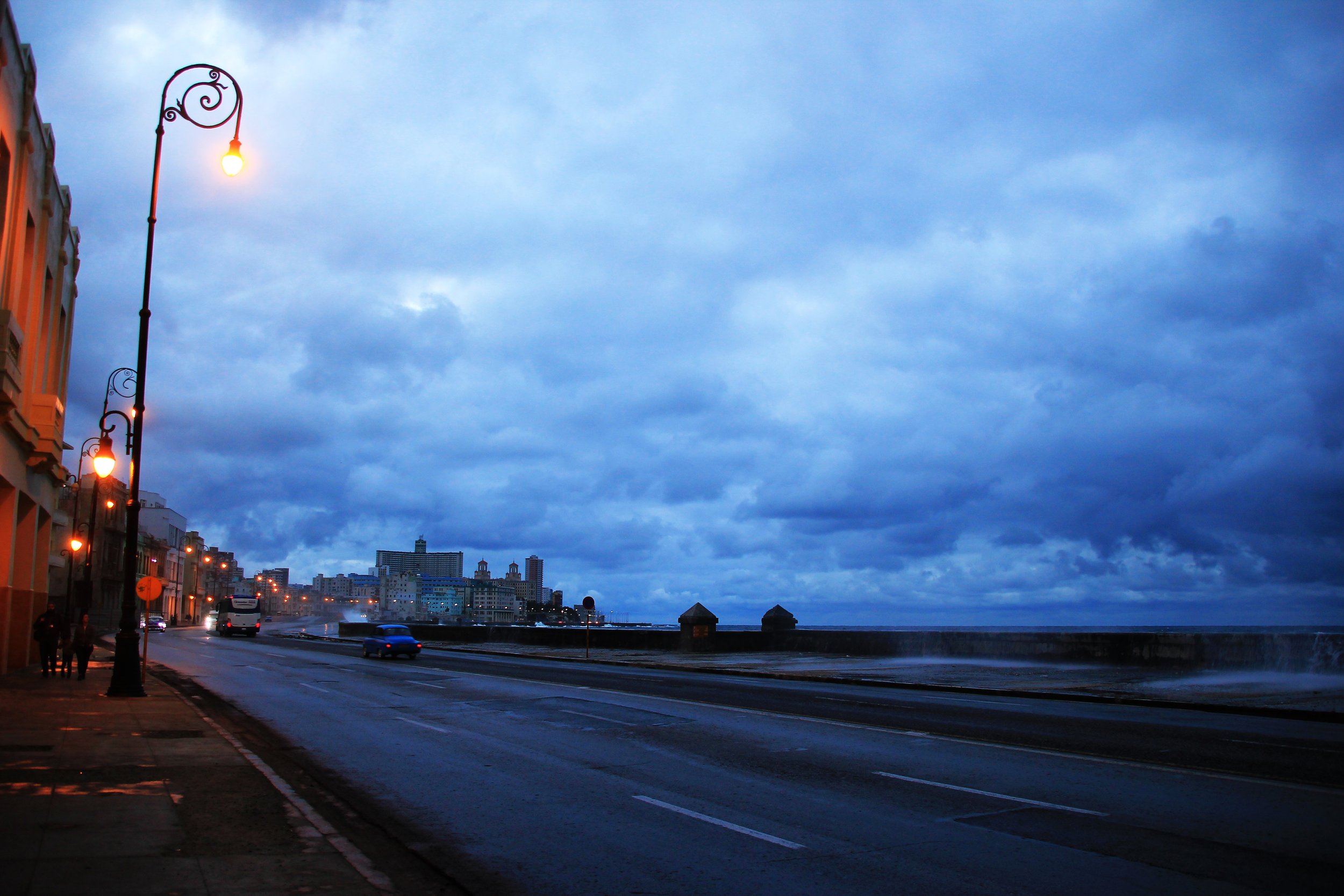Canon EOS Rebel T2i: Still Great for Beginners?
Entering the market on August 2, 2010, the Canon EOS Rebel T2i (also known as the 550D and Kiss X4 Digital) came as the follower of the EOS Digital Rebel T1i. The T2i increased the sensor resolution to 18 million pixels, making it the most powerful camera within the Rebel line at the time.
Featuring a 9-point CMOS APC-S sensor (slightly similar to the EOS 7D), the T2i has a 63 zone metering, that allows image quality in the entire frame. Although its body is made of lightweight polycarbonate resin with glass I rate it as a pretty sturdy camera.
I got it in the summer of 2017, a gift from my friend Julio César Bermúdez Downs, and it almost instantly became my number one camera. I alternated it with the Rebel SL1 and the 40D, but my go-to camera was the 550D.
It was also the camera I used as a backup to my 7D during Covid, and the first camera I took out of the house after the lockdown stopped.
What I Liked about It
Although it would fall behind the 7D in terms of resistance to elements, it is a much more lightweight camera that actually does pretty well in some bad conditions. I had the opportunity of using it in really challenging situations, exposed to the rain and the salt during a hurricane coverage by the sea, and there were no effects on it even when I gave it away four years later.
I also got caught in the rain several times while working with it in Havana, and also suffered the occasional splash of sea water from Havana’s Malecón. Yet, I would constantly wipe it when it was exposed to rain, or use vinegar or alcohol to clean it (mainly on the joints and around the buttons) if it was exposed to salty water.
Dust and heat were also thrown at it, and the camera responded pretty well to both of them. I still do not recommend anyone exposing this camera to the elements too much, as I want to believe I was lucky must of the time. It is not branded as weather sealed, so be mindful of the weather if you don’t want to find yourself losing a relatively expensive set of gear.
Its battery, the LP-E8, gives us the possibility of shooting even more than the LP-E17 that we see in more current cameras like the EOS M series and the RP, R8 and R50. They are all way newer than the 550D and cannot match its battery life. That is a major plus because I could shoot for a much longer time without having to be too concerned about having to change my battery. In addition, I added a battery grip that enabled me to use two of them at the time, thus increasing my autonomy.
The quality of the images I captured was amazing, mainly while shooting RAW. It was the camera I essentially used for almost two years as a member of the I Love Cuba Photo Tours team. Most of my street photos of Havana were taken with it (although I did get to use the other cameras as well). So, in fairness, it was the camera that got me the greatest amount of money in my life in Cuba.
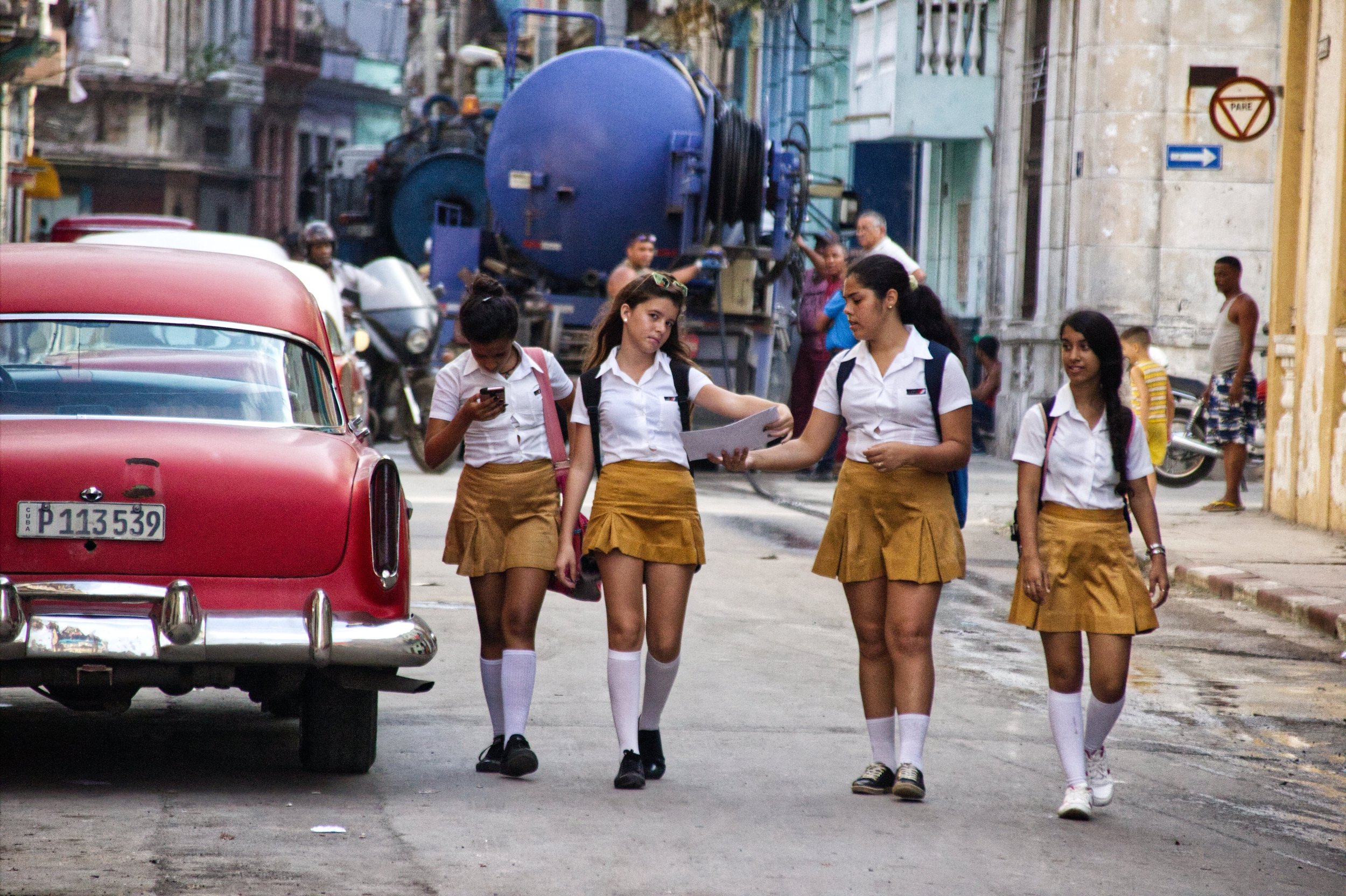
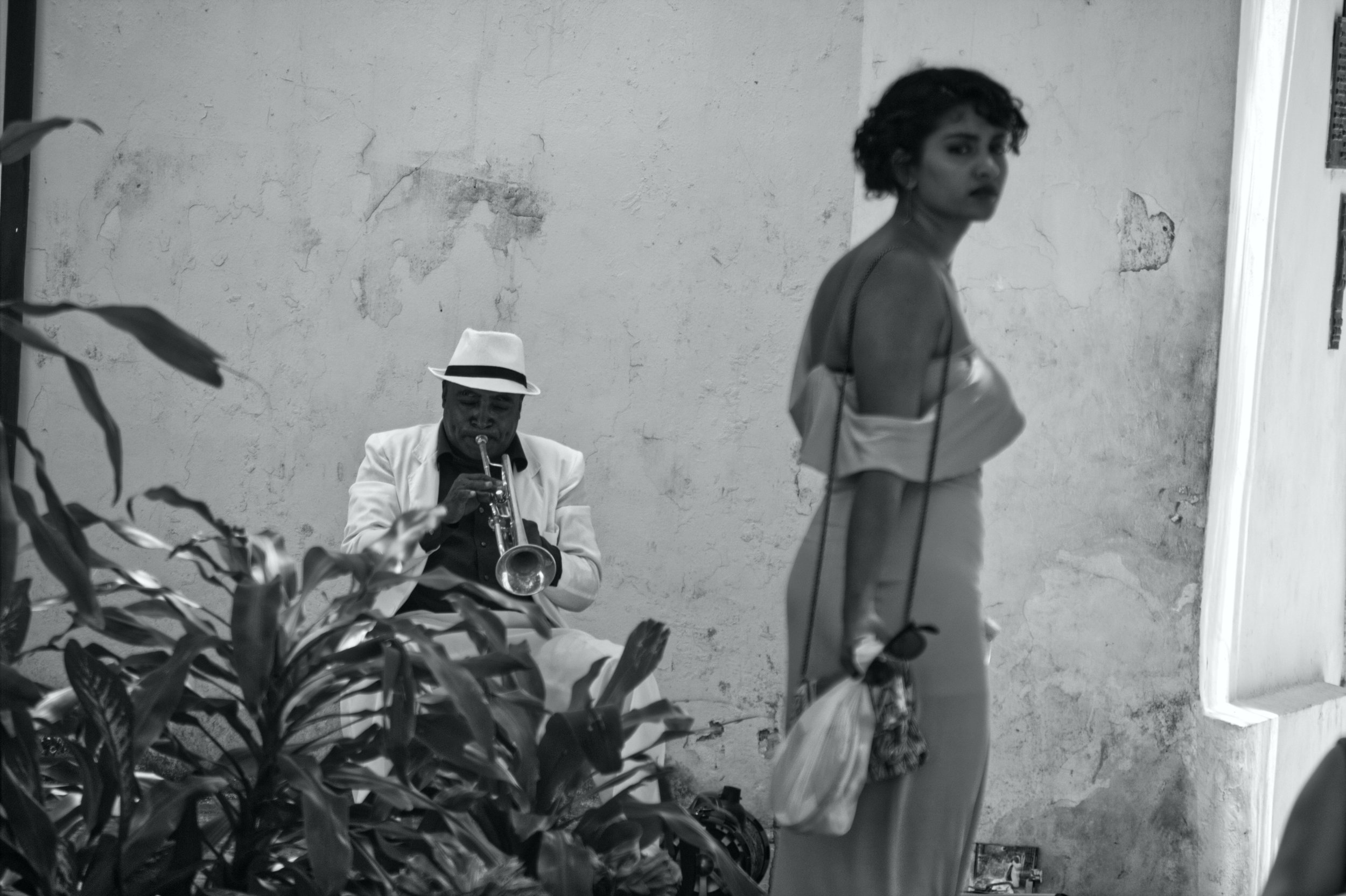
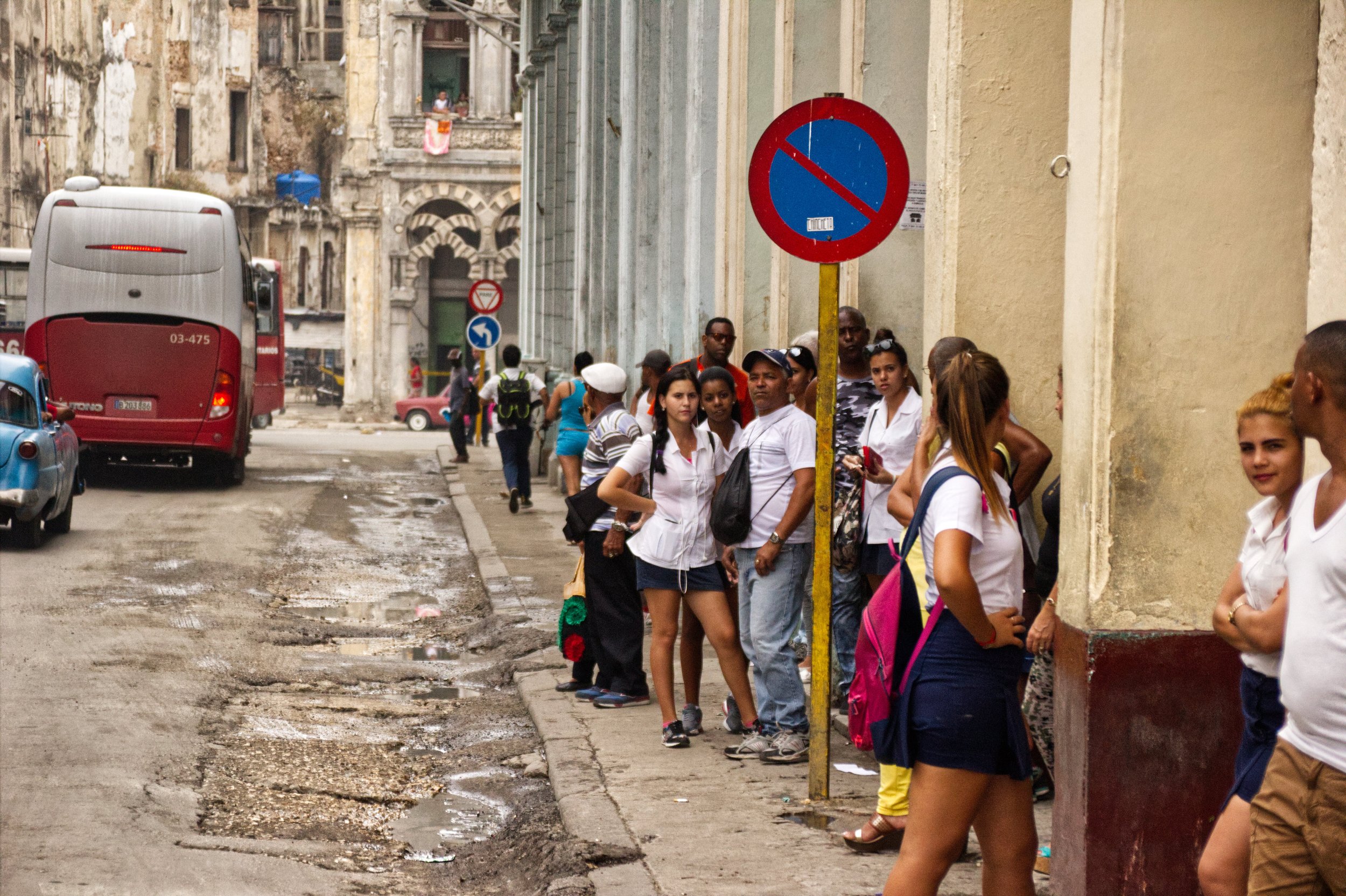
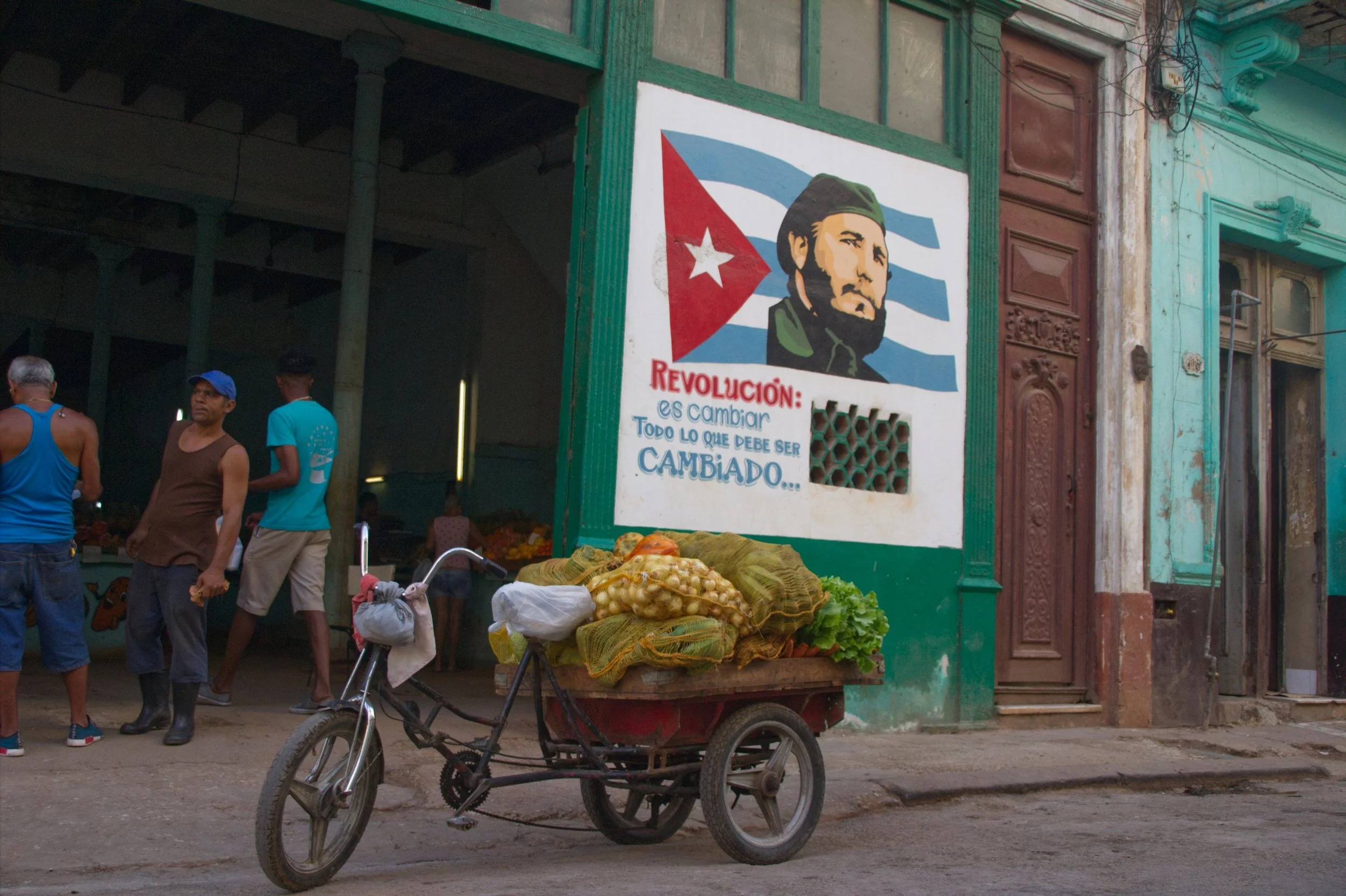
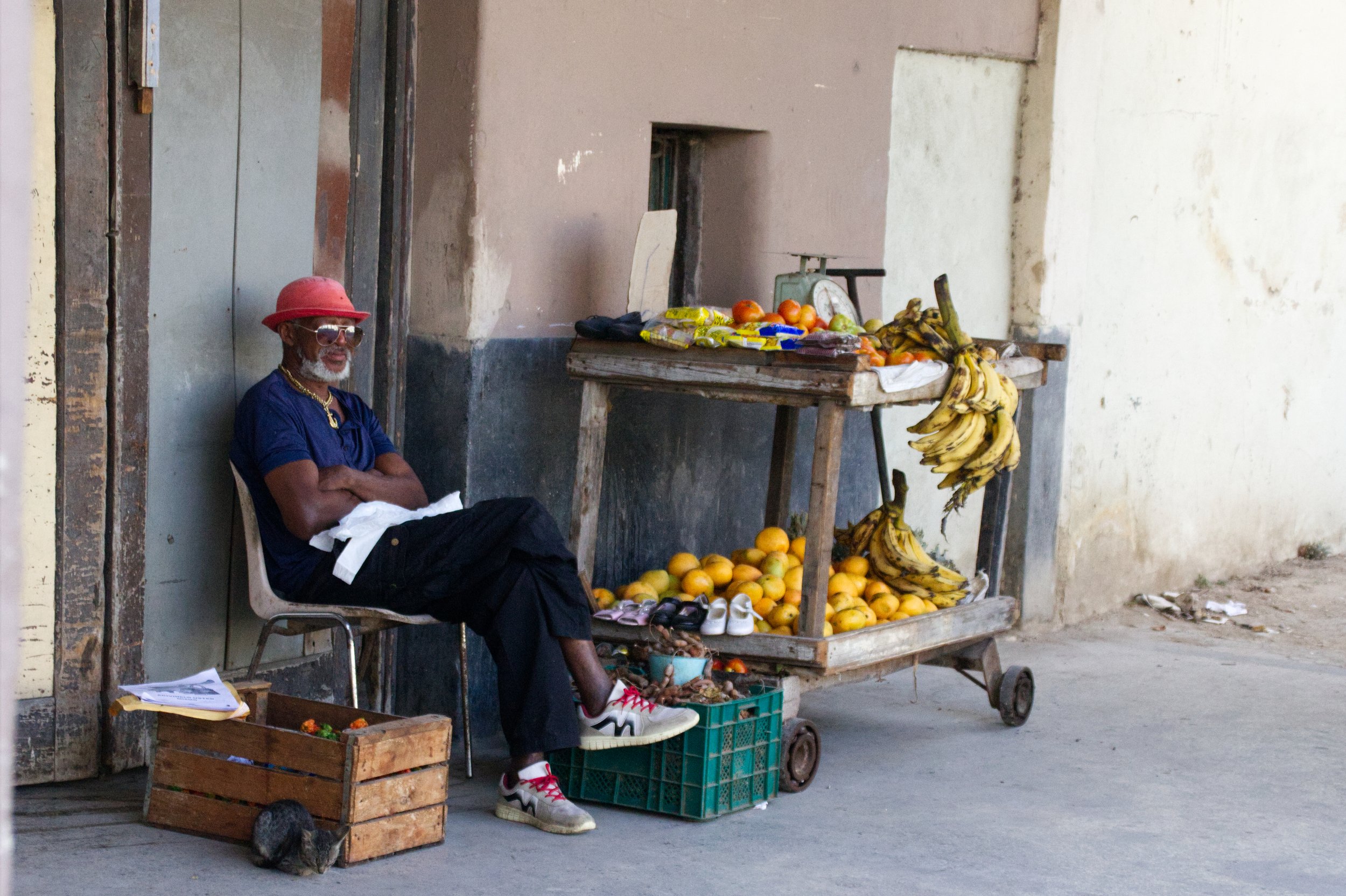
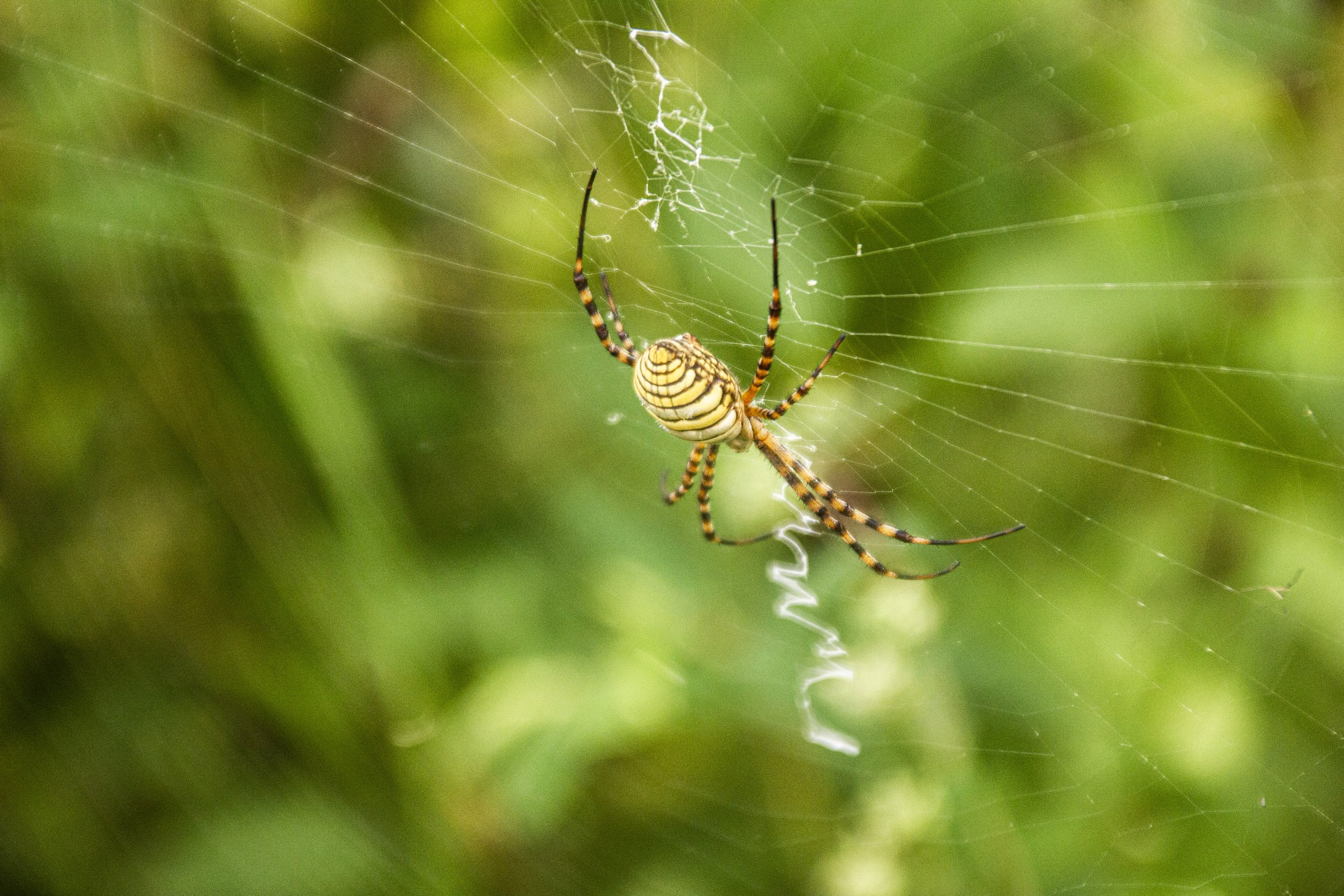
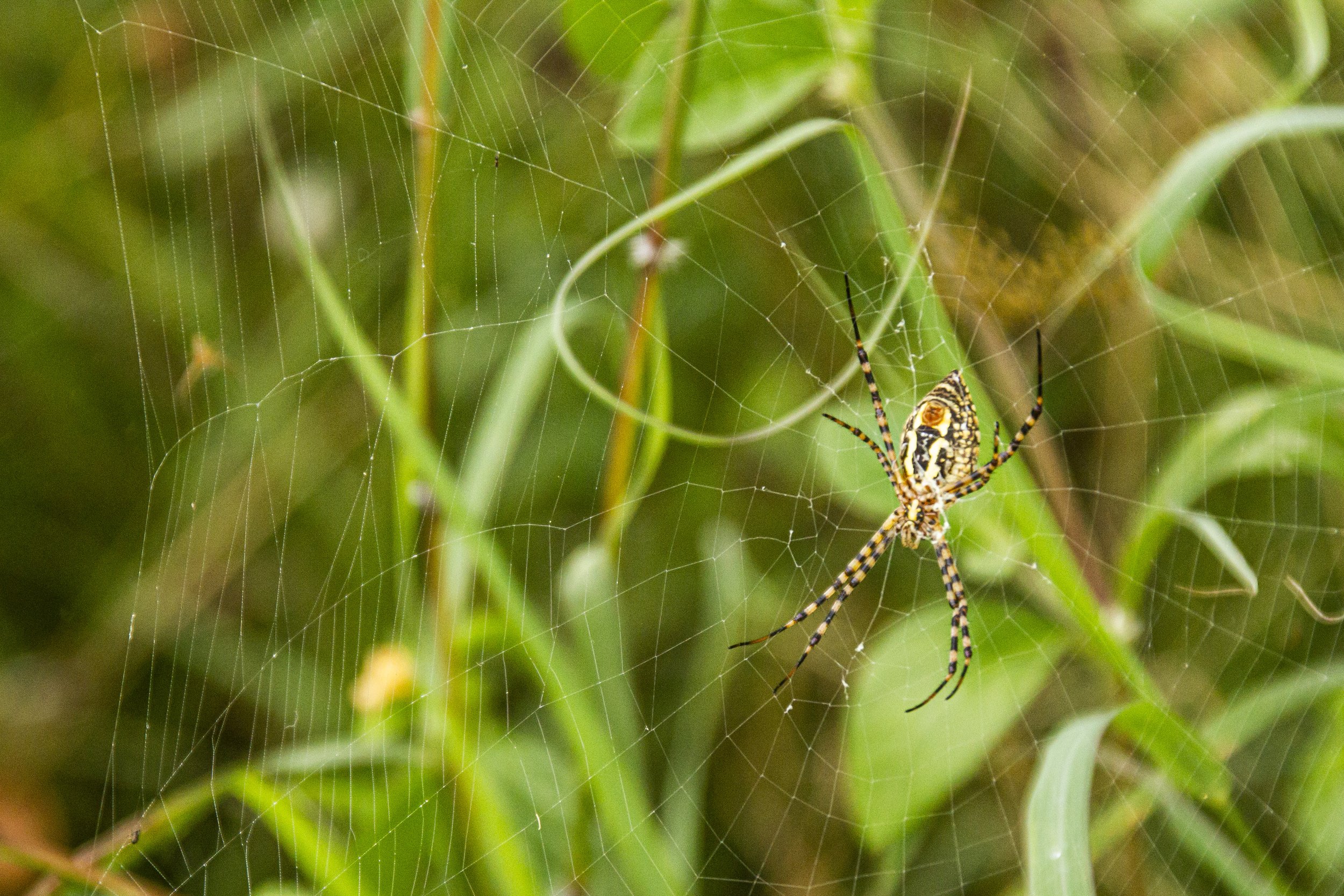
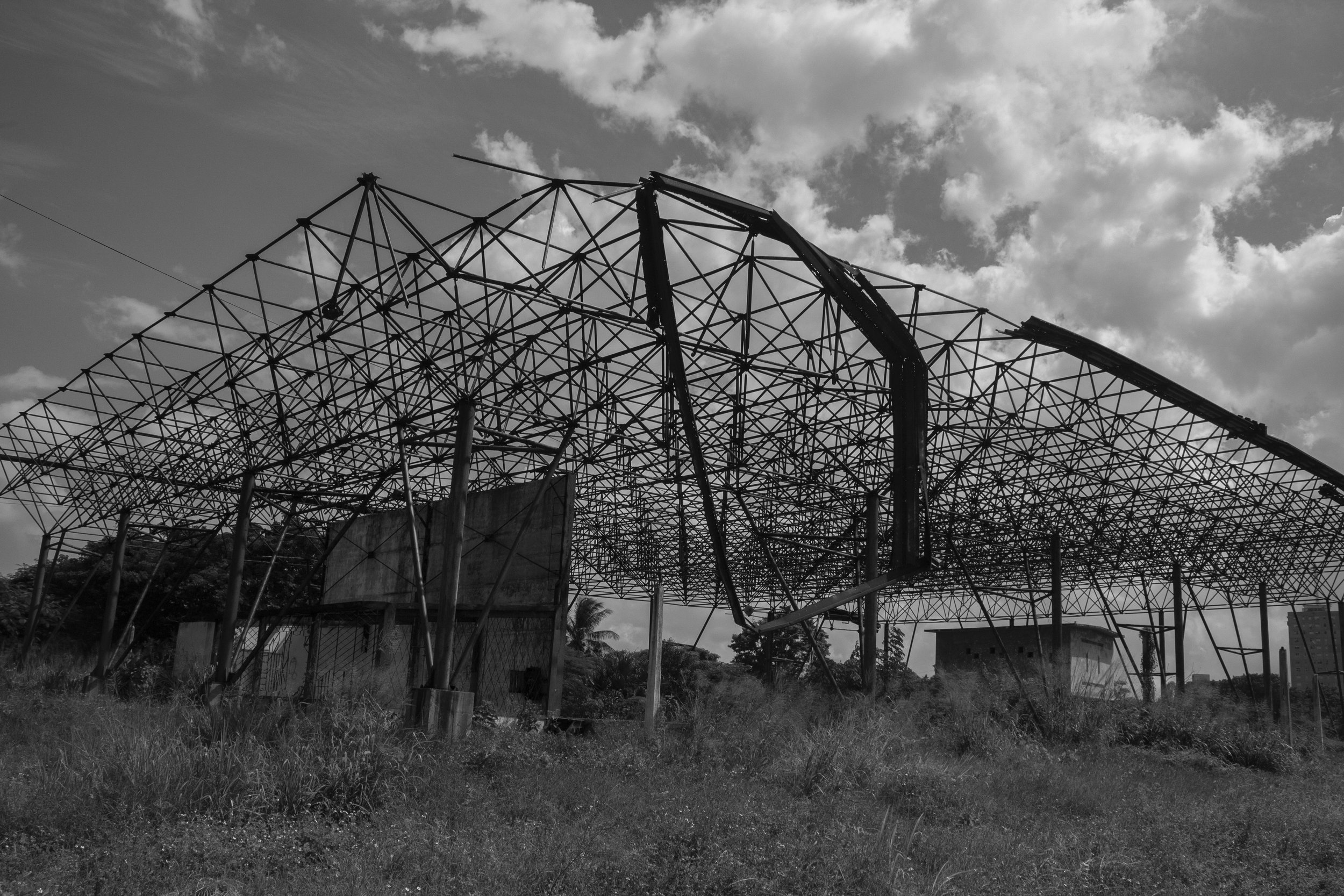
Even while using a rather so-so lens (the Tamron 18-200mm f/3.5-6.3 Di II VC) for my daily work, and a slightly better one (Canon EF 700-300mm f/4-5.6 IS USM) while shooting some street pics from the distance, I managed to capture great quality photos. I would say that the T2i would be producing great photos to this day for me. I had the opportunity to test it with an L-series lens for video, and the results were amazing.
Speaking of video, it was this camera the one that started my run of filming for Beisbol de Siempre, a TV show and community project for which I did most of my filming with the T2i. I shot a lot of video footage with the camera, and that footage ended up on national television with a lot of quality. If the shoot was with the “nifty fifty”, the quality was even better.
Handling it was very easy, mainly for someone who knew the Canon EOS system. Shooting manual, even with only one dial mode, was also a walk in the park, as you only needed to press the Exposure Compensation/Aperture button and the dial would automatically turn into aperture. The indicators visible in the viewfinder would help me control the exposure, making manual shooting even easier.
Even though the LCD screen had all the shooting information (as all EOS cameras do), most of the times I didn’t need to look away from the viewfinder to know what I was doing. Again, knowing the Canon system will always make it easier.
Something else that made me love this camera was the possibility of adding Copyright information. Living in Cuba, the constant fear of having your equipment stolen is a reality. Since thieves know nothing about technology, they would sell it away to someone who would in turn sell it away. Wiping the serial number is something many people would automatically do, but not knowing the system, they would not go and try to change the Copyright information. That way, you would have had the chance of recovering your camera.
The SD card access door was not inside the battery compartment, which was one of the most important things for someone like me, using multiple SD cards all the time. Also, it saved the time of actually having to remove the battery grip to swap cards, a problem I did have with the EOS Rebel T3 and the EOS Rebel SL1.
Although I never used the built-in flash on this camera (I actually hate built-in flashes), I did use mounted flashes and even external triggers. They worked pretty well both while shooting from the camera and while actually using the trigger on the flash to shoot.
When it comes to focus, I truly recommend focusing on one spot out of the nine focus points it has. Area focus may be tricky and you may end up getting the focus where you don’t want in the frame. So, if you are not going to shoot in the creative mode (say M, Tv, Av or P), you better save your money and shoot with your phone. Choosing my focus point, mainly after mastering the buttons, was the way for me to go while shooting with this camera.
In conditions of tough light, my go-to choice was to use exposure bracketing, so I was able to capture low light or harsh light photos. The part that doesn’t work with that is when you are trying to capture the moment. However, I did it essentially for portraits while working for ILC.
Again, using so-so lenses was good enough to produce good images, some of which I have been able to print in medium and large format.
What I Don’t Like about It
In my particular case, the biggest shortcoming I faced with this entry level camera was its shooting rate. At 3.7 frames per second, it was very difficult to capture action images with it. Yet, in its defense, I had very little chance to use it in sports the time I used it, as I left the newspaper and moved to Havana to become a street photographer.
However, and despite its 1/4000 second shutter speed, I did manage to capture some sports photos while working with BdS or Teen Cultures Connect.












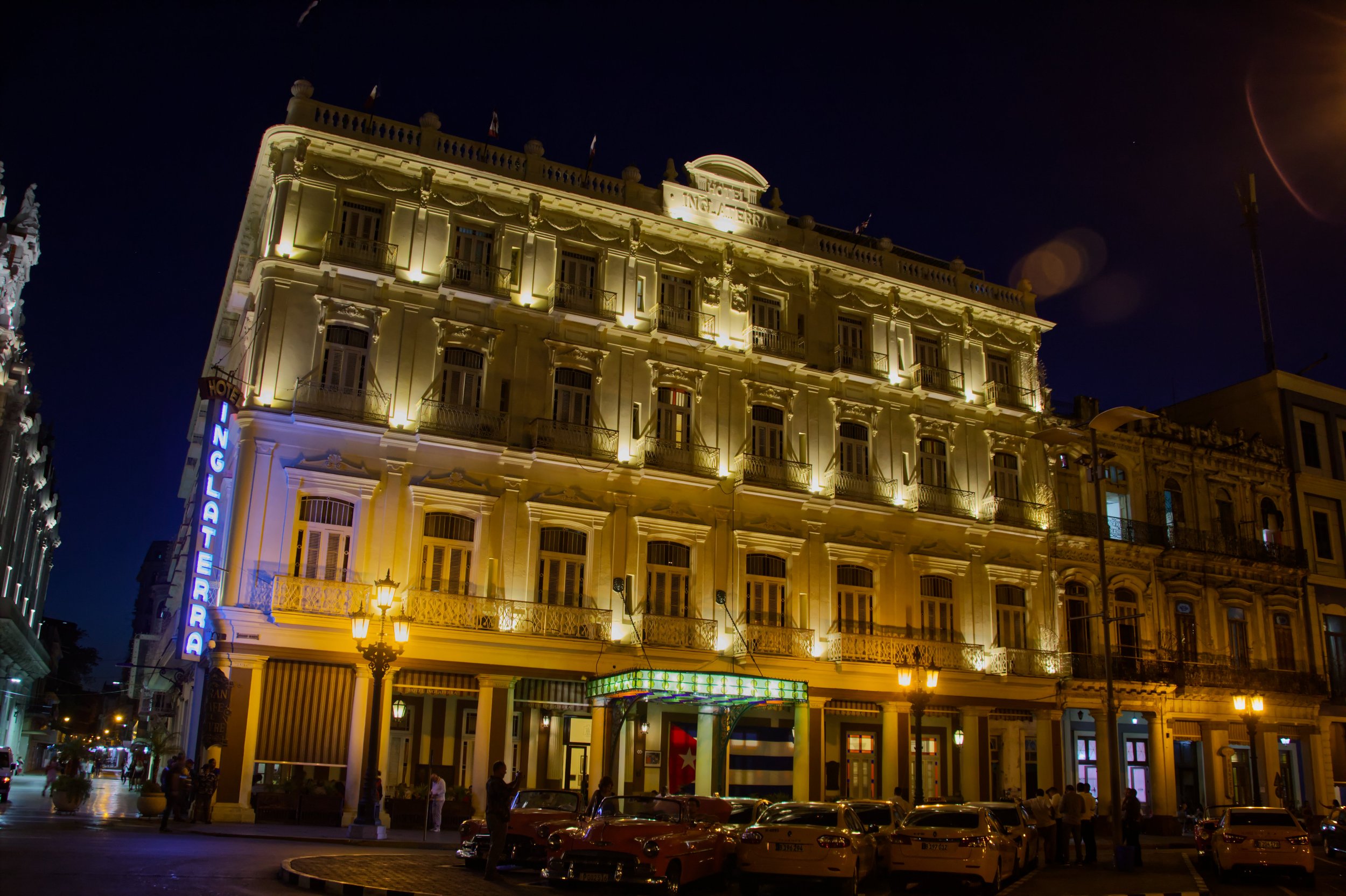
The drive did allow me to take some baseball photos that turned out to be compelling and interesting. Yet, the buffer got overloaded if shooting RAW, and would allow you to shoot about eight to eleven photos. In JPEG, the rate would increase to about 35 frames.
Then, if you went through the whole number in the buffer, you would have to wait for it to reload, which would take a couple of seconds.
Another shortcoming that I faced with it was that it tended to overheat while shooting video. That became a particularly a problem when I was filming for the TV show, as the camera overheated depending on the room temperature, which in Cuba can be very high.
The other little problem that I saw, one that I don’t see as much of a nuisance, was that you could start noticing some noise on the pictures with an ISO higher than 1600. Yet, it would always depend on the type of lens that I was using at the moment, most of which were never very good.
Since I normally don’t like high ISO, it didn’t pose a particular challenge for me, but it made things slightly harder during darker environments.
Conclusion
As you can see, even with its age, the pros on this camera are way more than the cons. It is an entry-level, so it provides the quality of image and the versatility this type of camera normally brings.
I recommend it to anyone starting in the industry, even as a hobby, for it will provide great results that can be translated into prints or business. Again, I was able to make a fair amount of money with this camera, and I think anyone with the skillset and the eye would be able to do so, even over 14 years after its announcement.
It can no longer be found new, but different sites list it for less than 200 dollars, which judging by its quality, is a bargain.
Reputable sites have it for really low prices. One of them, MPB, lists it as high as 124 dollars. When it is available, B&H has it for about 170 dollars. Offering a 5% discount to members of Professional Photographers of America, Keh was offering it for around 145 dollars. The preferred resource for many photographers, Adorama has it for around 160 dollars.
So, it is within budget for anyone who wants to get a camera to start learning the craft and getting used to the EOS system. I still recommend this camera to anyone trying to avoid breaking bank.
Yet, let’s not forget that the camera takes the photo, but the person handling the camera makes the photo. It is a great camera, but it does no magic: the most important element is you.




